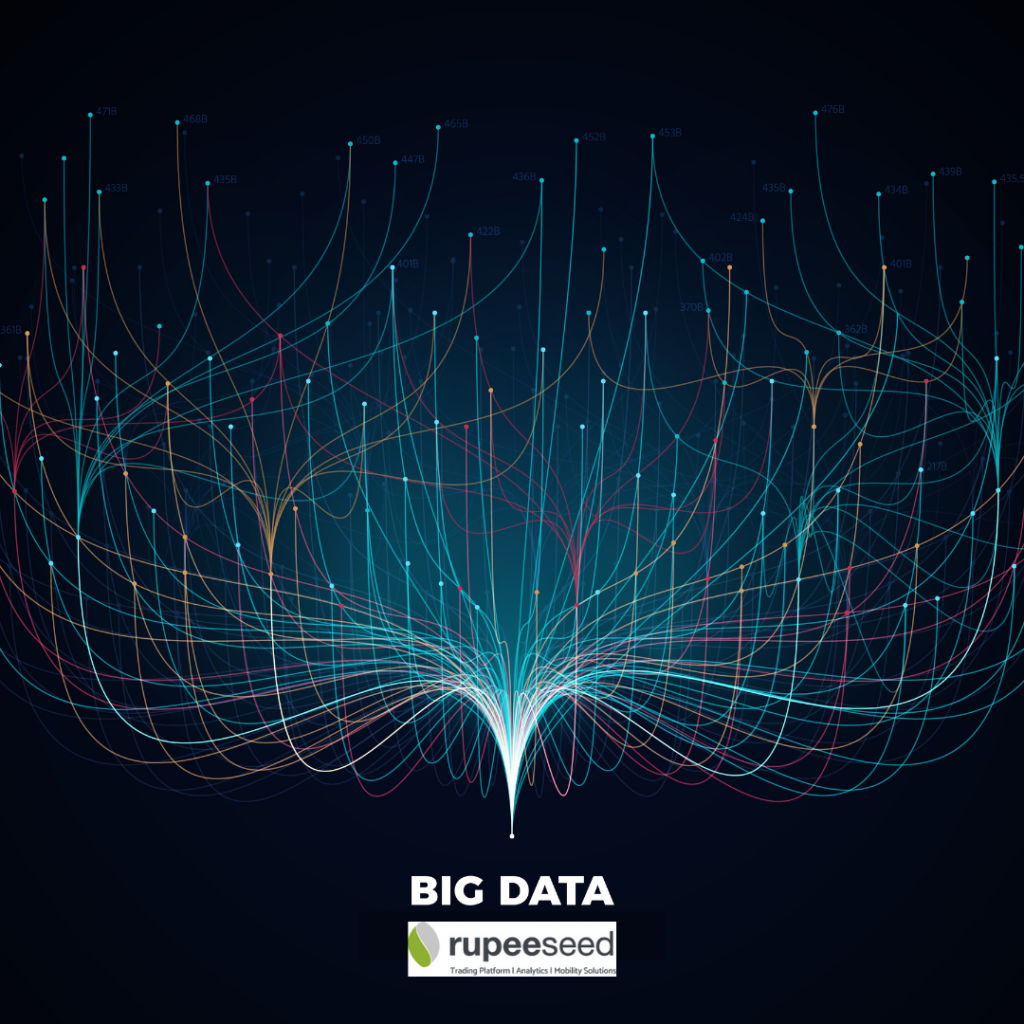One piece of information may be insignificant, but billions of data points can illuminate. That’s the underlying promise of big data and analytics, which observers have been calling a revolutionary development for several years now. But it’s difficult to know where a revolution is headed while it’s still unfolding. New research from the McKinsey Global Institute (MGI), The Age Of Analytics: Competing In A Data-driven World, takes stock of the rapid technology advances being made in the field of analytics as well as the disruptions they are setting off across various industries.
On the technology side, several developments have converged to radically expand what analytics can do. The volume of available data has continued to double every three years as information pours in from transactions, social media, sensors in the physical world, and billions of mobile phones. Data storage capacity has increased, while its cost has plummeted. Data scientists now have unprecedented computing power at their disposal, and they are devising ever more sophisticated algorithms that can instantly sift through troves of data to find patterns and reveal insights. The upshot of all this innovation is that decisions no longer have to be based on gut instinct, or subject to human error. Algorithms can make them instantly and consistently, drawing on a mountain of evidence. Systems enabled by machine learning can provide customer service, manage logistics, analyse medical records, or even write news stories.
The companies at the forefront of these trends are capturing enormous opportunities. Some are introducing radically new business models that are reshaping entire industries. “Fintech” firms are providing financial services without building bank branches, while Airbnb has become a major player in the hospitality sector virtually overnight without building a single hotel. Online streaming services use recommendation engines to shape the way billions of people consume TV, movies and music. Ride-sharing services such as Uber have disrupted once-inefficient taxi markets in cities around the world by using geospatial mapping technology to match passengers with the nearest available driver in real time. Even some legacy industrial companies are using data gleaned from the Internet of Things to make their equipment, plants and supply chains more efficient.
Analytics capabilities are now the basis of corporate competition. In many industries, a small group of technology leaders are consolidating major advantages. Daunted by the speed of technological change, many companies are hesitating. Still others have invested in data systems but are struggling to realize the returns they expected. But continuing to lag behind leaves companies vulnerable to being disrupted.
So how should a management team approach this challenge? It’s important to recognize that embracing data and analytics is not a tactic; it’s a transformation. Simply purchasing new technology systems and layering them on top of existing operations is not enough. The process has to start with mapping out a strategy vision for how analytics will be used to generate value. To make that vision into a reality, it is critical to identify a handful of high-impact projects for initial implementation, setting concrete milestones for gauging progress along the way. In addition to selecting the right data architecture and technology tools for their needs, organizations also need to establish processes and policies for handling and evaluating data.
Then comes the truly hard part: helping people adapt to a new way of working. Most organizations will need to rethink existing roles and develop new types of talent to take full advantage of data and analytics. This goes well beyond adding a data science team or finding the right external analytics provider. They also need to attract or develop “business translators” who combine a basic understanding of analytics with industry, organizational and functional expertise. These are the key personnel who can ask the data team the right questions and apply data-driven insights to practical business problems. Executives, middle managers, and employees at all levels may need ongoing training to develop new skills and become more comfortable with incorporating data and algorithms into day-to-day workflow. All of this requires careful change management. Some organizations may need to designate a team that is charged with pioneering new ways of working—and it also helps if senior leadership visibly embraces the change.
Data and analytics could transform multiple sectors in the years ahead. Banking and insurance could dramatically improve their risk assessments by building massive data integration capabilities. Digital platforms that offer large-scale, real-time matching with dynamic pricing could make labour and energy markets more efficient. Granular data about individual characteristics and behaviour can be used to customize products and services—and even more intriguingly, to re-imagine the way healthcare and education are delivered. Above all, data and analytics can improve the accuracy and transparency of decision making, a capability with far-ranging potential in everything from managing complex urban environments to making public policy decisions.
The big data revolution is not just a story of Silicon Valley. It represents a major shift in the way business is done globally. Developing nations with fewer deeply entrenched legacy systems to overhaul can take advantage of this moment. Data and analytics could provide an injection of transparency and efficiency that spurs commerce, builds more inclusive economies, and makes government services more effective. The age of analytics is already beginning to unleash creative destruction—and that may open the door for young, tech-savvy companies from anywhere in the world to propel themselves into the ranks of the new global giants.







